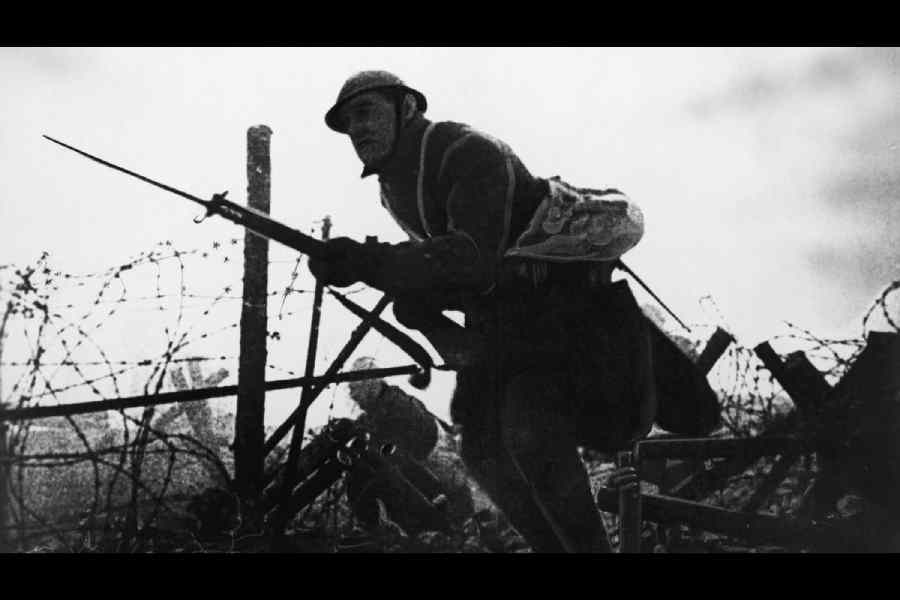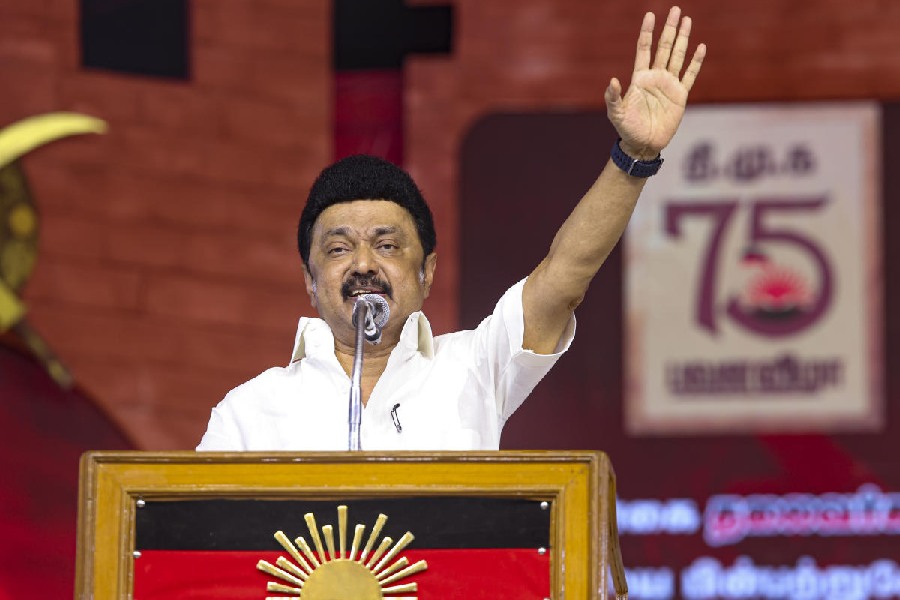In the two conflicts in Ukraine and Gaza that daily dominate our newspapers, phones and television sets, history clearly permeates all arguments and counter-arguments of the opposing parties and their allies. In many senses, history-writing has had a symbiotic relationship with conflict and wars for a long time. In the modern age, this relationship has cemented itself even more visibly and strongly.
One example of this is in the history of diplomatic documentation in the United States of America. Perhaps the longest-running series of published diplomatic documents are the volumes in the ‘Foreign Relations of the United States’ series now comprising over 450 volumes. The first volume appeared in 1861 and the origins of this tradition are linked to the outbreak of the American civil war. At the time, there was a demand for authentic documents that would establish how and why the war between the Northern and the Southern states — the latter titled themselves the Confederate States of America — actually broke out. There was equally the desire to know how the US government, with Abraham Lincoln at the helm, was acting to isolate the breakaway Confederacy and prevent it from gaining international recognition. The early volumes of the FRUS series had these factors explaining their motivation and selection of documents included for publication.
Over the years, these initial volumes have been much scrutinised to see what the then US government wanted its own people and other governments to know about the civil war. Not surprisingly, it had played up the issue of slavery and its role in causing the conflict. But the thinking that underwrote the origins of the FRUS volumes also was that combat was not limited to the battlefields alone and the Confederacy had to be blunted and overcome diplomatically in different capitals, something which we see in the international atmospherics that surround Gaza and Ukraine.
Alongside this was also the consideration that as large an extent of openness as possible was desirable to keep domestic political and public opinion on board in the midst of a deeply divisive and prolonged conflict. If this required declassifying and publishing even contemporary documents, this should be done overriding any government’s natural preference for secrecy.
Little over half a century later, as the First World War ended, there was a rush among the principal European combatants to deny responsibility for the European bloodbath. Germany felt this pressure the most. The Treaty of Versailles of 1919 had enshrined the idea of Germany’s ‘war guilt’. This had been with Germany’s tacit acceptance — no doubt because it did not have a choice in the matter. Guilt also meant — apart from moral opprobrium — a responsibility to pay compensation and repatriations to the other combatants for the losses suffered in the war.
Through the 1920s, the Germans expended much effort to dilute if not erase this idea of war guilt. Amongst the modalities adopted for this was a specialist historical section being set up in the German foreign office to publish documents downplaying Germany’s role in the outbreak of the war or to at least establish that others were also equally responsible. About 50 volumes of such documents were published over the 1920s.
This German initiative inevitably meant that others would follow suit. The French, the British, the Russians and others followed in what became a slugfest of diplomatic documentation from opposing points of view. From these propaganda battles and from the process of studying, processing and writing about the war based on this mass of documentation, diplomatic history as a discipline consolidated itself in Europe and in the US. It would perhaps also be correct to argue that foreign offices in these countries sharpened their historical sensibilities through this process. Thus, it is no coincidence that the British foreign office’s formal establishment of a historical division staffed with trained and professional historians or the US state department setting up the ‘Office of the Historian’ date to this time.
In both these cases, historical documentation on diplomacy was to prove that your nation was morally on the right side in the pursuit of a particular policy. Historians, especially diplomatic historians, acting on behalf of their nation-state is hardly surprising or unexpected. We, however, occasionally get the contrasting frame of the writing of history as a cooperative endeavour rising above current conflicts and divides.
One unusual example is from South Asia itself. Notwithstanding all the other divides and conflicts that followed the Partition and the emergence of India and Pakistan as sovereign entities, the two decided to go ahead with a joint history of the Indian army’s role in different theatres of the Second World War. The idea had emerged earlier and in 1946 a historical section had been established in the ministry of defence to carry out the task. With Partition, the work was planned and executed by an entity now designated as the ‘Combined Inter-Services Historical Section’ and described as a ‘joint venture’ of India and Pakistan. The official title of the series was ‘Official History of the Indian Armed Forces in the Second World War 1939-45’. By the time the series was completed in 1966, 17 volumes had been published.
A closer look at the volumes suggests that the principal editors, writers and researchers were from India. Perhaps this was inevitable given the fact that the documentation would have been preserved to a great extent in Simla and Delhi, the capitals in which the service headquarters of the Indian armed forces were located between 1939 and 1945. The Pakistani contribution may well have been largely pro forma but each volume emphasised that the work was a joint venture of the two countries and the military adviser to the Pakistan high commission in Delhi is shown throughout as being part of the advisory committee responsible for the series.
What is, of course, most interesting is that this ‘joint venture’ continued for almost two decades till 1966 when all the volumes had been published. This was notwithstanding the two wars India and Pakistan fought in 1947-48 and 1965 and the numerous other small and major crises that punctuated their bilateral chronology much like in the present. Clearly, the writing of history, howsoever rarely, can also rise above contemporary divides and conflicts.
T.C.A. Raghavan is a former Indian High Commissioner to Singapore and Pakistan











